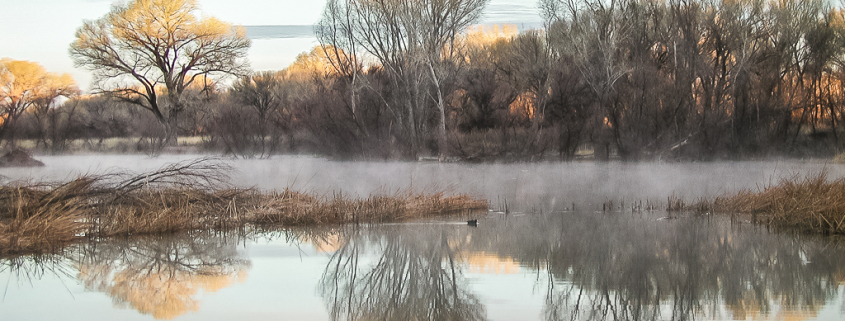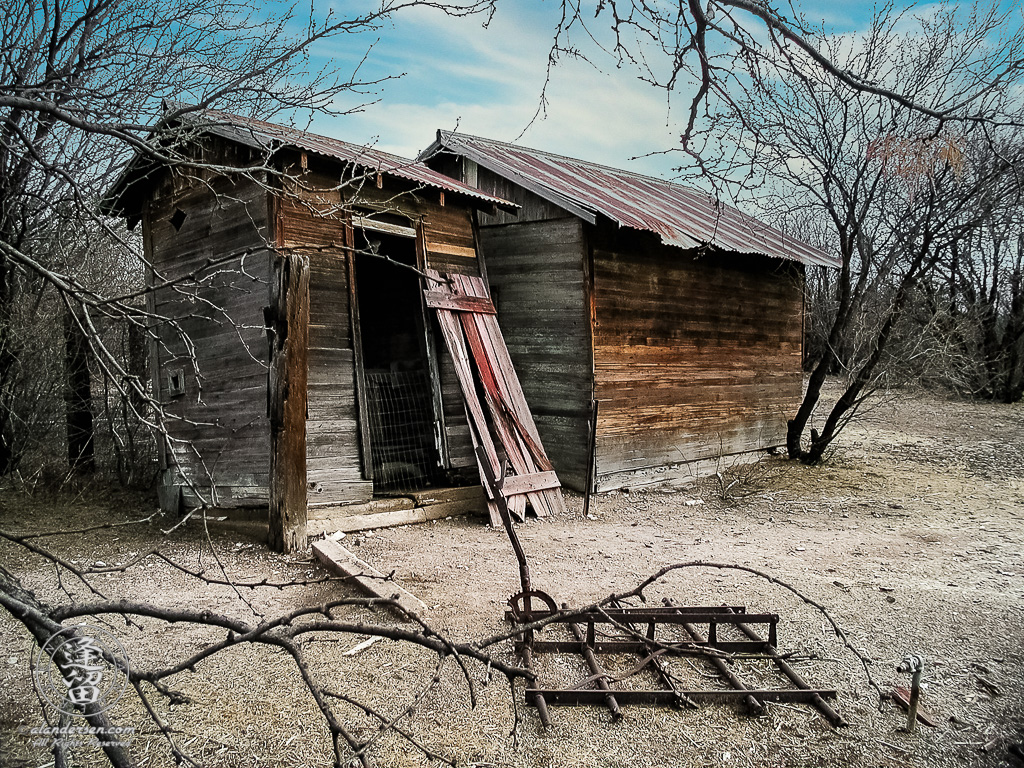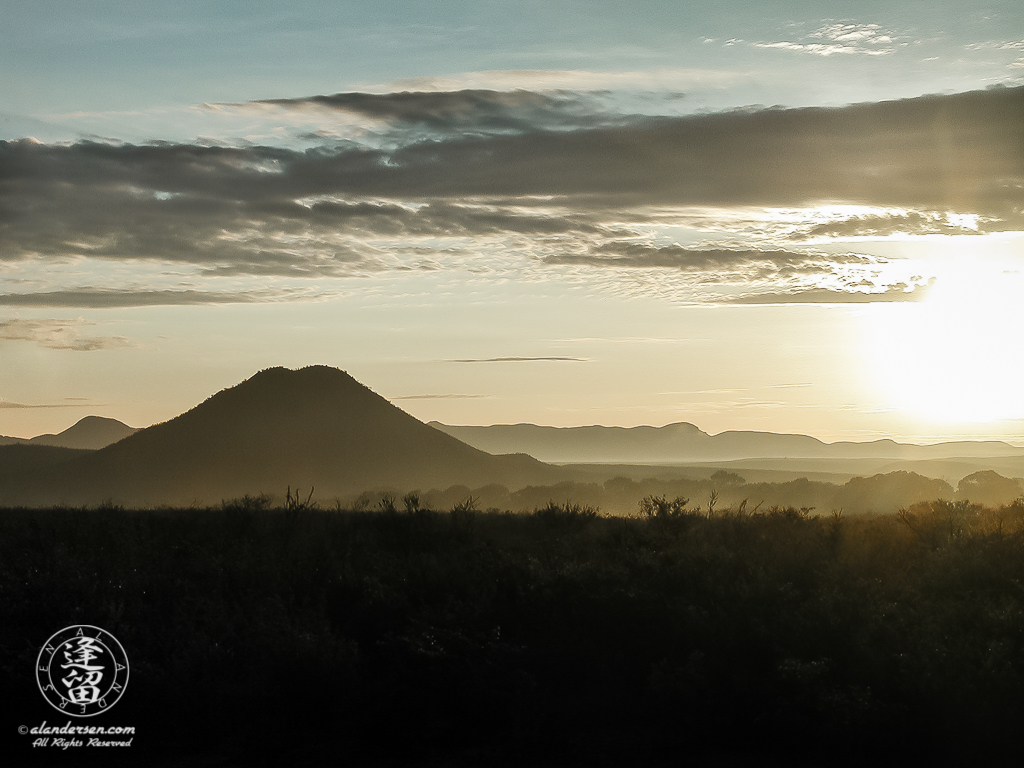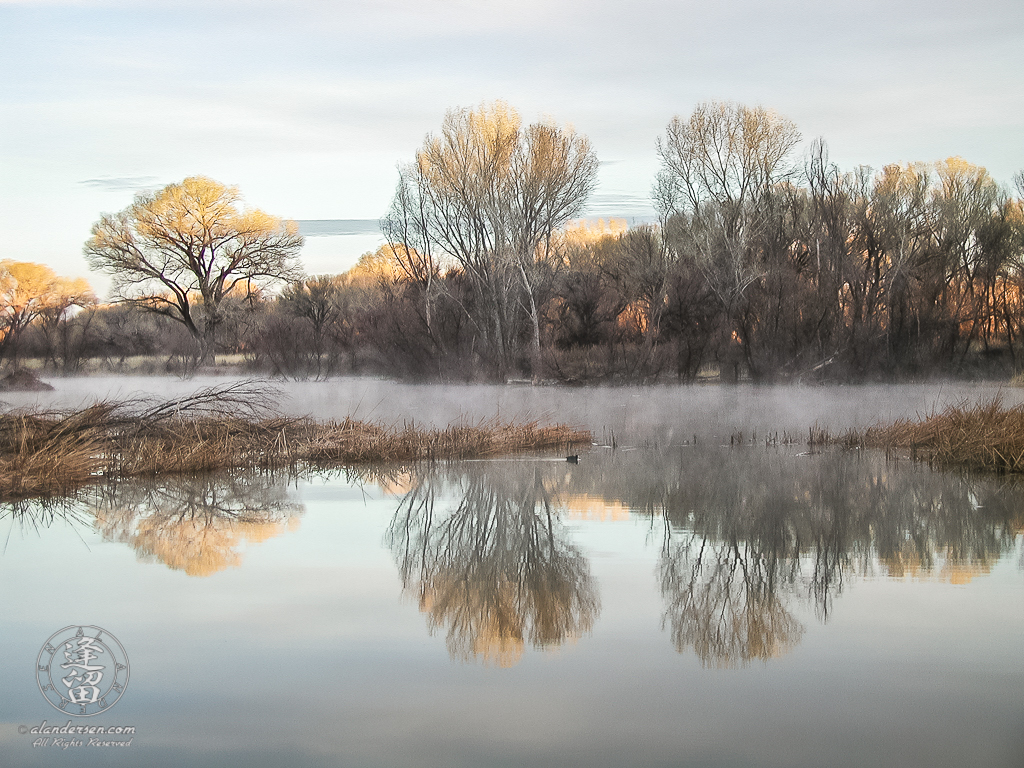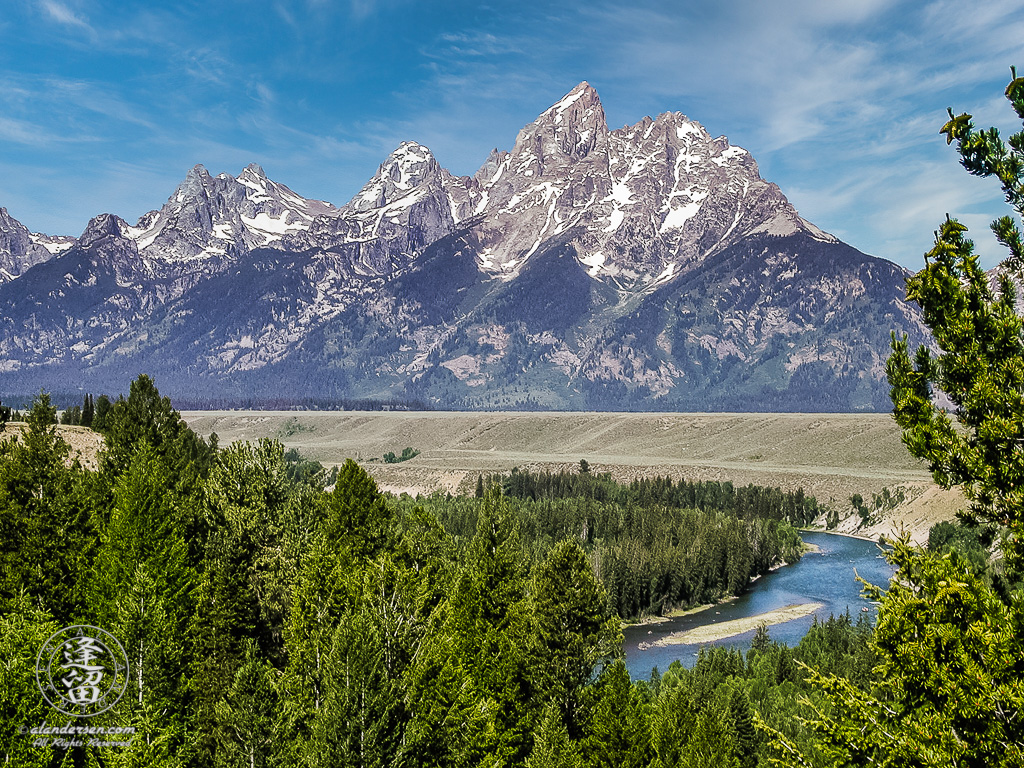Do You Need A DSLR To Make Good Images?
Photography is expensive. Photography has always been expensive. Prior to digital images the costs for buying and processing film were prohibitive for many an aspiring photographer. Digital photography was supposed to change all that — incur a one-time cost for hardware and you’d be all set for a long time! Unfortunately, it hasn’t turned out that way. Initial investments for camera gear are astronomical, and the purchase costs for software and hardware are ridiculous, not to mention recurring.
These days its all about the hardware. Entry level for a Digital Single Lens Reflex (DSLR) camera system is $1500 which will get you a somewhat decent DSLR with a kit lens. You’ll spend $2500 for a semi-pro setup, and at least $5000 for professional camera body (without a lens). This doesn’t include the cost of memory cards, hard disks, computer, nor processing software which can also cost you anywhere from a several hundred to a several thousand dollars.
There are entry level DSLRs that start at around $500 and those are nice, but I personally think they’re designed more to entice new photographers into vendor lock-in. Once bought, you’ll want to get better lenses, filters, and all the other paraphernalia you gather when upgrading your gear. The next thing you know, you’ve invested so much money in all of it that it’s no longer economical to switch to another brand name.
So what’s a budding photographer to do? I say, buy a relatively cheap point-and-shoot (P&S or PS) camera and see if you have what it takes to be a good photographer. Seriously!
I purchased my first real camera, a Nikon F2, back in the days of film for $400. When it came time to upgrade, I got a Nikon 8080, which cost me twice as much as the F2. When digital became affordable, I picked up an Olympus C3000Z camera for $750, an expensive price for a 3MP camera, but I figured I could learn from it, and more importantly, I’d save a bundle on film and processing costs!
At first, I felt kind of stupid going out on photo shoots with the C3000Z. I used to get some some strange looks from the other shutterbugs strutting around with their film DSLRs. I ignored the smirks and stares and just treated that little Oly like I did my film DSLRs, putting time, energy, and creativity into each image I captured. You know what? I made some amazing images with that camera!
The point I’m trying to make is that you do not need an expensive DSLR to make good images! Photography is about discipline, creativity, and technical skill. You can learn and practice these things with a camera that’s in the $250 price range. Most PS cameras can take images at resolutions that are equivalent to entry-level DSLRs, and these little cameras have enough features to keep an aspiring photographer busy for at least a year or two, which is more than enough time to figure out if you want to make the leap to more expensive gear or forgo photography altogether.
You need to realize that your $250 investment buys you into an amazing piece of technology but it has limits to what it can do. A PS will lack features that make the more expensive DSLRs more versatile. You must read the manual for your PS, or any camera you will ever own, for that matter. You need to learn about every feature your camera has and then practice using those features so you can push its capabilities to their limits.
It’s not just about hardware. You also need to learn the basics of photography too! Buy books about composition, technique, creativity, image processing, whatever you can lay your hands on. Read them all! Understand them! Practice what they teach you! The more knowledge you gain, the more you’ll push the envelope of what you’re capable of.
And always, always, treat your little PS like it’s the best camera you’ll ever own. If you consider it a toy, you’ll only get snapshots out of it. If you treat it like the sophisticated piece of equipment that it actually is, you’ll find that you can coax images out of it that rival what the entry-level and mid-range DSLRs are capable of.

